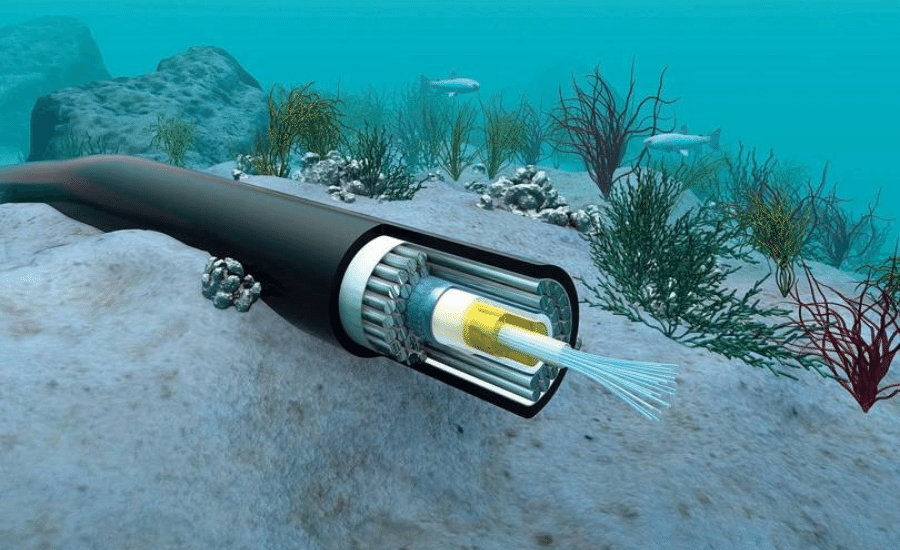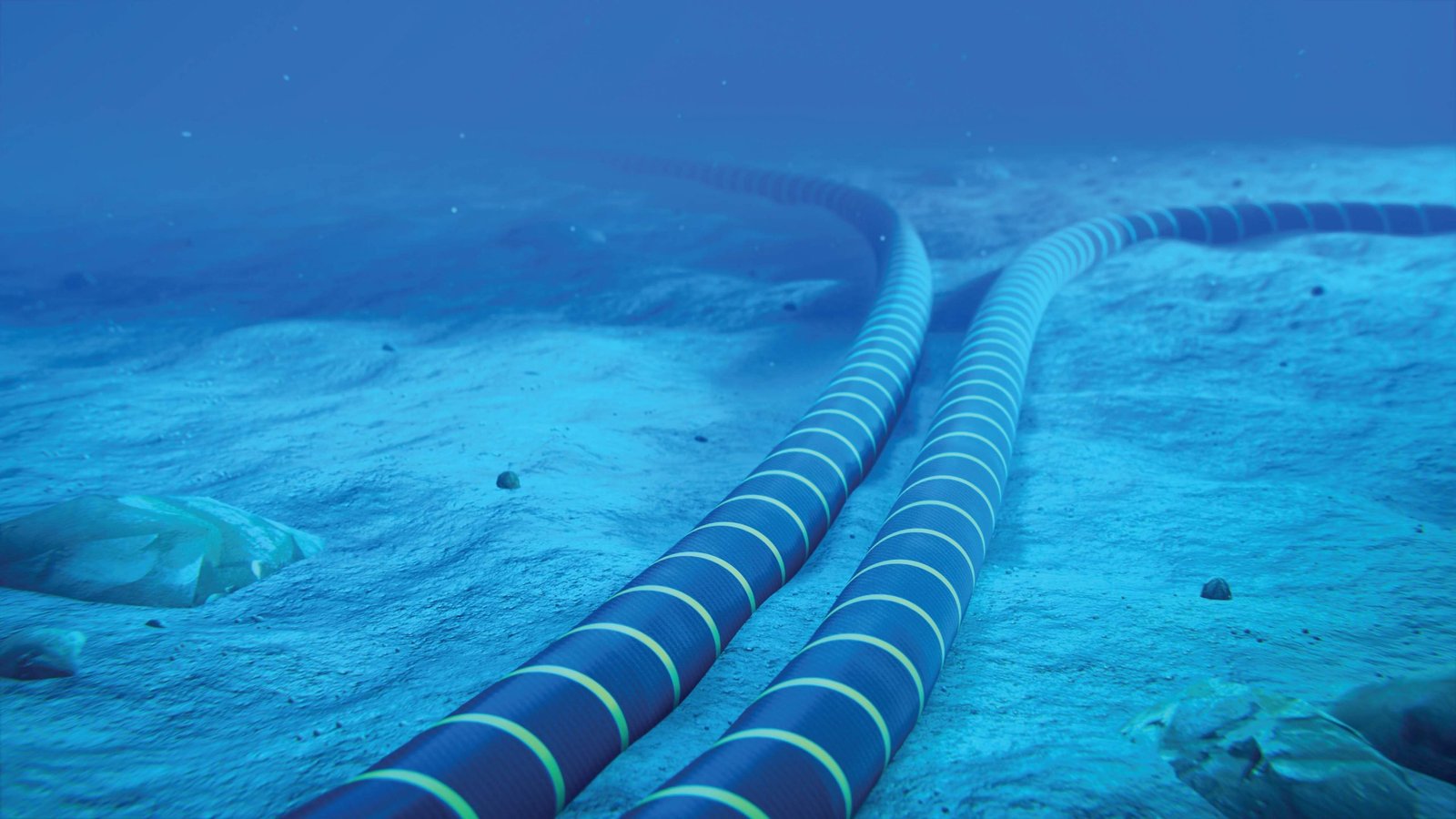The modern internet relies on a complex network of infrastructure, and one of the most crucial components is underwater sea cables. Also known as submarine communication cables, these cables carry the vast majority of global internet traffic, connecting continents and enabling high-speed data transmission across the world.
What Are Underwater Sea Cables?
Underwater sea cables are fiber-optic cables laid on the ocean floor to transmit data between countries and continents. Unlike satellites, which provide slower connections and higher latency, submarine cables allow ultra-fast, reliable, and high-capacity internet connectivity. These cables are engineered to withstand extreme underwater conditions, including high pressure, strong currents, and marine hazards.
Modern cables are typically made of glass fibers coated with protective layers that resist corrosion and mechanical damage. They use optical signals to transmit data as pulses of light, allowing information to travel thousands of kilometers with minimal loss.
How They Work
Submarine cables function by transmitting data in the form of light signals through fiber-optic strands. At landing stations, these optical signals are converted into electrical signals, which are then routed to networks on land. Repeaters, placed at intervals along the cable, boost the signal to maintain data integrity over long distances.

A single submarine cable can carry terabits of data per second, supporting internet browsing, streaming, online gaming, and international communications.
Importance of Underwater Cables
Underwater cables are responsible for over 95% of international data traffic, making them essential for global connectivity. They enable cross-border financial transactions, cloud computing, communication platforms, and access to online services. Without these cables, the global internet would be far slower and less reliable.
Challenges and Security
Laying and maintaining underwater cables is a complex task. Challenges include deep-sea pressure, earthquakes, and accidental damage by ships or fishing activity. Security is also a concern, as cables can be vulnerable to cyber-attacks or physical tampering. International collaboration ensures their protection and redundancy to maintain continuous connectivity.
Underwater sea cables are the backbone of the modern internet, silently carrying vast amounts of data beneath the oceans. By connecting continents and enabling real-time communication worldwide, they play a vital role in global commerce, education, and technology. Protecting and expanding this network is critical as the demand for high-speed internet continues to grow.
What is The Deep Web and How it Works
![]()





